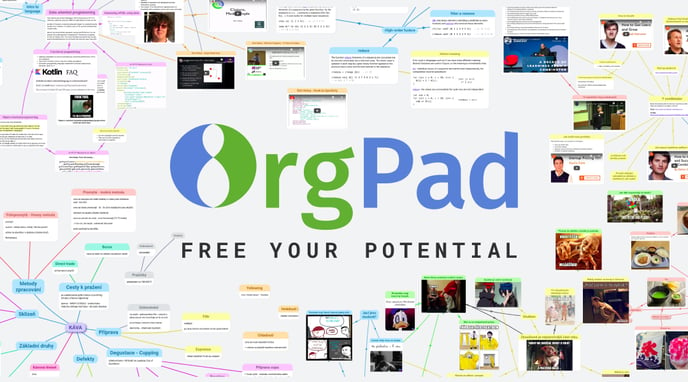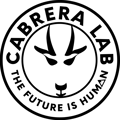C+ overall rating; impressive software for stability, simplicity, and visual aesthetic; if only it had part-whole it would be MUCH better...
Caveat: We review software for the purpose of systems mapping. Some of the software we review may not have been designed with this purpose in mind and may have entirely different purposes or desired use cases. The intention of these reviews is to aid the systems mapper in identifying software applications that will aid in systems thinking and mapping activities. The rubric used is a systems mapping rubric based on DSRP.
See chapter entitled, Lucio-Maymon, P., Castellanos-Canales, A., Cabrera, L. and Cabrera, D. (2021) The Universal Cognitive Grammar of Systems Mapping: A Rubric to Evaluate the Various Tools and Techniques of Systems Mapping. In, Routledge Handbook of Systems Thinking, (Eds) Cabrera, D., Cabrera, L. and Midgley, G. Routledge. London, UK. Available here.

I liked Orgpad.com software but its biggest downside is no part-whole systems ability. It does additional content well. Overall, very nice software but needs to increase the features that will make it systemic--if it did it could be in the running for best systems software....
| Systemic Features | Description | Orgpad.com |
| OVERALL RATING | C+ | |
| Di | The ability to identify objects (cards, shapes, etc) | Y |
| Dio | The ability to contrast identities with others (antonym networks, etc) | N |
| R | The ability to make relationships between identities | Y |
| Rar | The ability to create action reaction variables at terminal ends of relationships | N |
| Self R | The ability to relate identity to self | N |
| RD1 | The ability to label (distinguish) relationships | N |
| RD2 | The ability to create the same type of identity/object on a relationship as anywhere else | N |
| RDS | The ability to create a systematized set of part-whole identities on a relationship | N |
| R confusion | A condition where relational lines are confused with part-whole belonging/containment | N |
| Spw | The ability to create part-whole systems | N |
| Nesting (Spw) | The ability to nest part inside parts inside parts | N |
| Prefab Perspectives | A feature in which a map can be viewed from different pre-determined perspectives (e.g., assignee, scheme, etc) | N |
| Ppw | The ability to take point-view Perspectives | N |
| Perspective annotation | The ability to annotate perspectives | N |
| Full blown P taking | The ability to see how a map changes from any given identity in the map | N |
| Fractal D | The ability to create identities (cards, shapes etc) at any level anywhere in map as a universal simple rule/function | N |
| Fractal S | The ability to create hierarchical structures (part-whole nestedness) at any level anywhere in map as a universal simple rule/function | N |
| Fractal R | The ability to relate anything to anything else at any level anywhere in map as a universal simple rule/function | N |
| Fractal P | The ability to see the system from any identity/node in the system at any level anywhere in map as a universal simple rule/function | N |
| Fractal DSRP | The ability to operate at D,S,R, or P function on any D,S,R,P object | N |
| Other non-cognitive features | Other cool features like zoom, cut and paste, layout, templates, etc | Y |
| Other social features | Other cool features like synchronous mapping, sharing, commenting, etc. | Y |
| Aesthetic | The aesthetic is elegant, simple, clean, etc. | Y |
| Clean Code | The code isn't wonky or buggy | Y |
| Modeling | The ability to do some form of modeling (e.g., "press run" modeling) | N |
